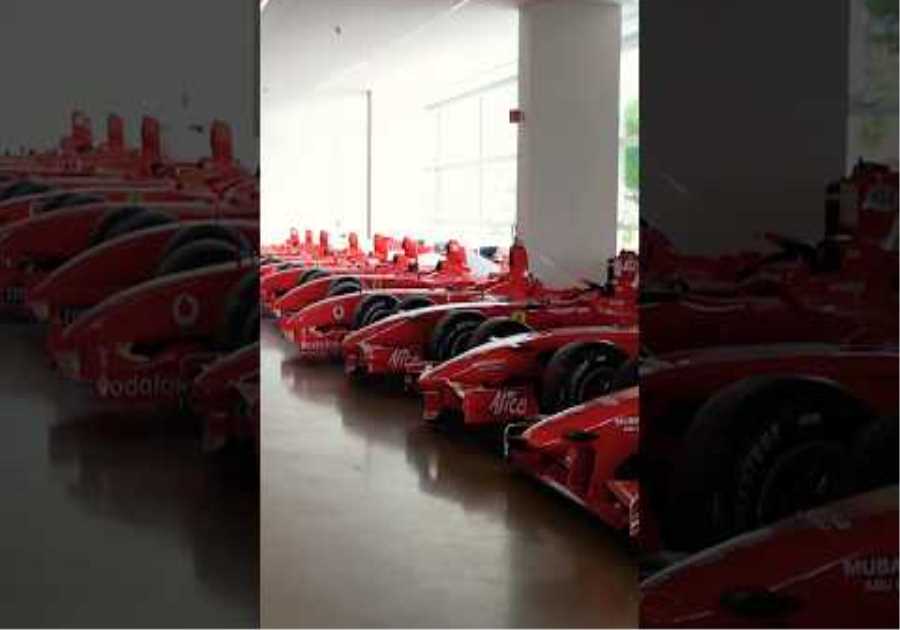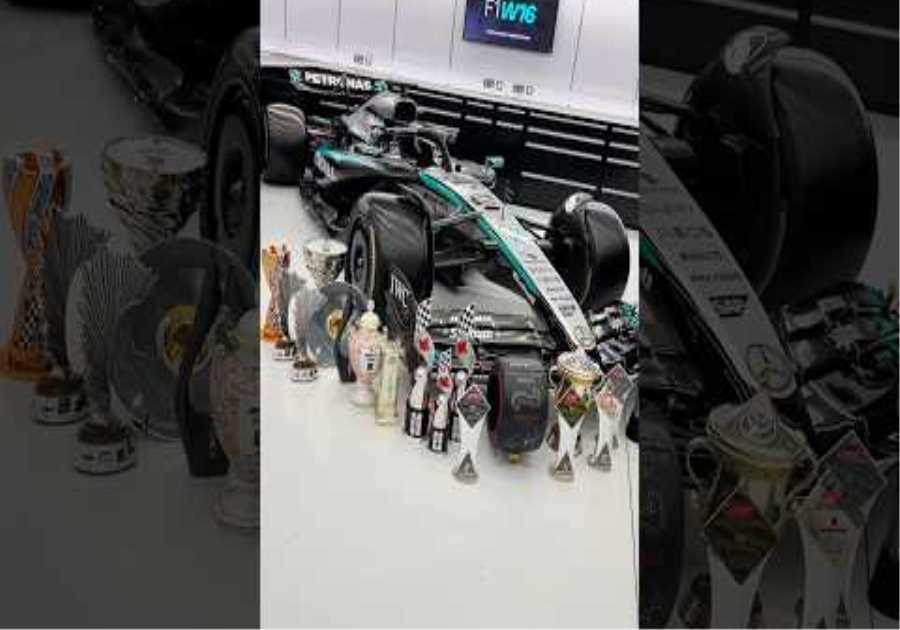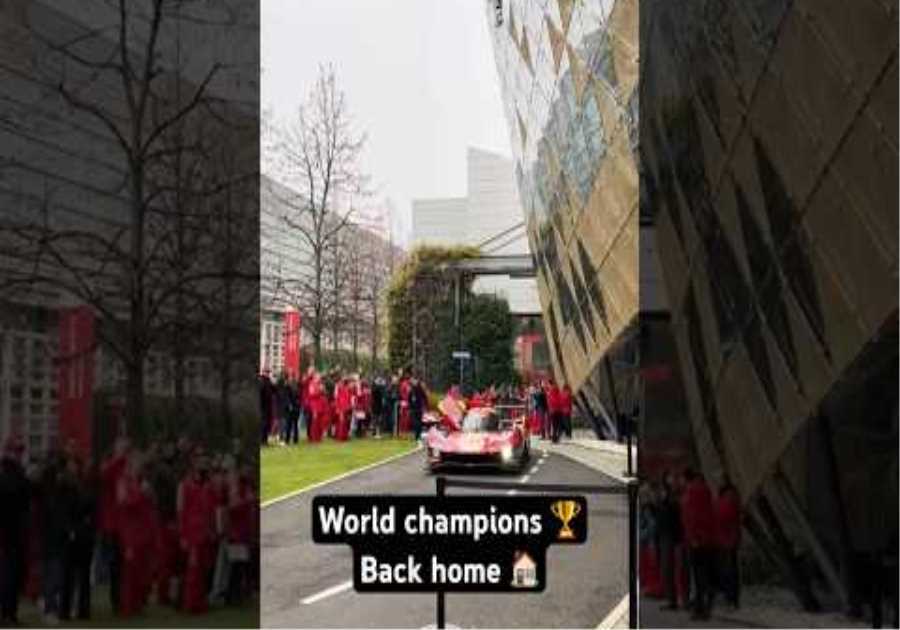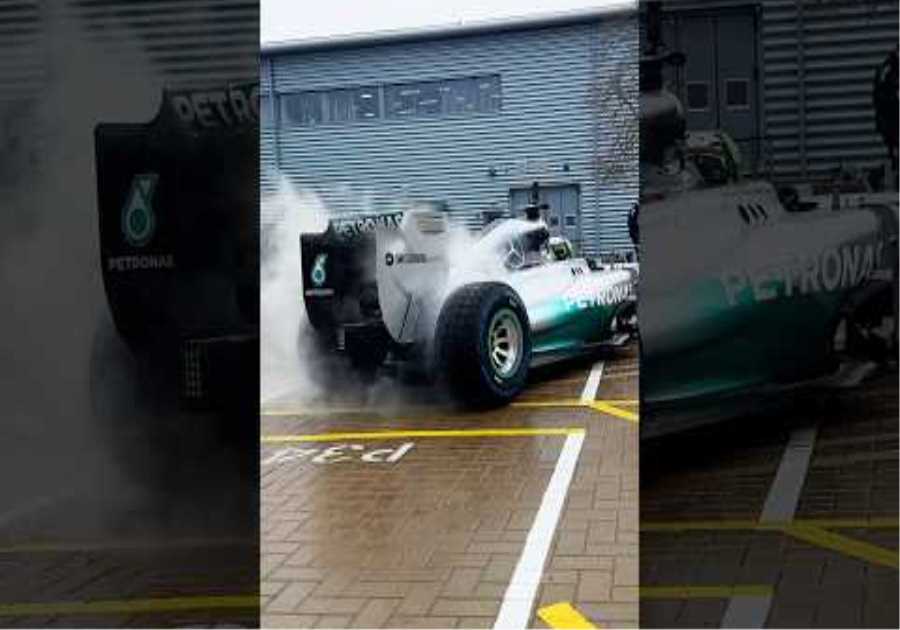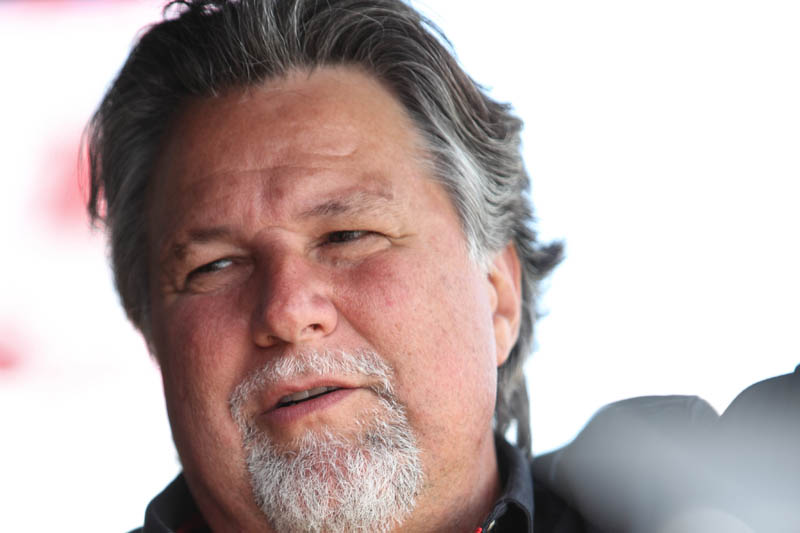
Here we go again.
You may remember last year, legendary American team Andretti Autosport announced their intention to enter Formula One in the near future. ‘Great’, the majority of us thought – at long last, there was finally the prospect of a brand new team entering the sport, providing another two cars on the grid from one of America’s premier racing outfits.
However, frustratingly, the reaction from the paddock at the time was rather different – and distinctly lukewarm. You may also remember that I wrote a piece about this. Toto Wolff, boss of Mercedes, claimed that Andretti had to prove its ‘value’ before it was ever accepted onto the grid, whilst Stefano Domenicali – F1’s CEO – went on the record as saying that he believed that the existing 10 teams were enough, and anyone else who wished to enter the sport had to be somebody ‘really significant’.
The underlying message was clear enough – ‘we’re not interested in lowly independent teams, go away and find a manufacturer, then we might be more accommodating.’
And you know what? To Andretti’s full credit, they have.
When Andretti made their announcement of a partnership with Cadillac (and parent company General Motors), with the goal of racing in F1, there was a palpable sense of surprise. Despite being one of the largest car companies in the world, GM have previously shown very little interest in entering Formula One up to now.
But, it just shows the leaps and bounds in popularity the sport has made in recent years – particularly Stateside – in addition to the new cost cap regulations, which are opening up the possibility of partnerships that would have been unthinkable only a few years ago. This new era is proving to be of interest to manufacturers that you wouldn’t expect – and that should surely only be a sign of the positive direction F1 is heading in.
And so, that should be that. One of the most successful racing teams in America, with all the necessary technological and financial capabilities for entering F1, now securing backing from one of the biggest manufacturers. Their entry into the sport should be a mere formality, right? Fans can look forward to seeing an 11th team on the F1 grid sometime in the next few seasons, correct?
Oh, if only things were that simple. But sadly, they never are in F1.
Despite the announcement, it seems that the attitude from the majority of existing teams (with the notable exception of McLaren and Alpine, who have previously been in support) is that the Cadillac announcement changes nothing, and the grid should continue to remain fixed at the current ten teams.
The main objection to expanding the grid rather predictably stems from the issue of money. Existing teams do not wish to see the current prize money divided into 11, rather than ten, as is the case now. Some analysis estimates the amount of money teams stand to lose should a new team enter is around $5m per season for teams at the back of the grid, or $10m for the likes of Red Bull, Mercedes and Ferrari.
That sounds a lot – but in F1 terms, this is chickenfeed – particularly when you consider how they would be recompensed. When the most recent Concorde Agreement was signed in 2021, it included a clause that any new entrant must pay an ‘anti-dilution’ fee of $200m – with existing teams therefore receiving a one-off payment of $20m each. However, teams no longer feel that this is a significant enough figure.
With the value of an F1 team currently estimated to be around $1b, existing teams instead wish to see the anti-dilution fee increase to around $500-$600m. Such eye-watering sums of money just to enter the sport will surely dissuade even the few manufacturers who can afford it – and likely mean the grid never expands beyond the current ten.
Of course, it is understandable that the teams wish to look out for their own financial interests. But it just acts as a reminder – if one was ever needed – at just how much F1 is in danger of losing its soul. Perhaps it has sold it already.
As a lifelong fan of more than 25 years, I find this whole discussion so thoroughly frustrating. Take away the financial arguments, and the addition of Andretti and Cadillac to the grid would clearly only be a net positive. As already mentioned, the immediate benefits are obvious – a further two cars on the grid, opening up another two seats for talented drivers, and providing more job opportunities for aspiring F1 engineers to break into the sport. I want to see new teams enter, rather than just be stuck with the current crop forevermore – rebrands of existing teams, as we’ve seen in recent years, come nowhere close to the excitement generated by an entirely brand new outfit.
20 cars should be the bare minimum a World Championship such as Formula One has. In races of attrition, it becomes noticeable just how low that number really is. Domenicali argued last year that the current ten teams are all financially healthy. That’s as maybe, but should a team disappear tomorrow, it would immediately plunge F1 into near-crisis in regard to grid size. More worryingly, it would likely raise the ugly prospect of three car teams again, which would only benefit the big three of Red Bull, Mercedes and Ferrari. That is why more should be being done now to bolster the grid, should the worst ever happen – after all, we’ve seen enough turmoil on the global financial markets lately.
It’s bad enough that F1 had turned its nose up at Andretti until it secured the backing of a manufacturer. Not only is it highly risky for any series to rely on the whims of manufacturers, it flies in the face of the sport’s long history.
Legendary names like Brabham, Tyrrell, Ligier, Arrows, Minardi, Jordan and so many others have propped the grid up, and kept F1 healthy, during times when big budget manufacturers have departed – often at short notice. Gate-keeping the sport from independent teams is not only wrong, it’s almost as if the lessons from the fall out to the ’08 financial crisis – when Honda, Toyota and BMW all withdrew in short order, and Renault severely cut back its involvement – have been completely forgotten.
Inevitably, there are some who question the value of new teams, based on those that have come before. After all, they haven’t exactly been successful.
HRT scored a grand total of zero points across three seasons before the team disappeared. So too did Caterham. And it was only because of the late Jules Bianchi at Monaco in 2014 that Marussia avoided a similar fate, before they too eventually vanished from the grid. More recently, Haas – still F1’s newest team, despite entering in 2016 – has been regularly found to prop up the rear of the grid far more frequently than they appear towards the sharp end.
But there are some necessary caveats here. It’s important to remember that HRT, Caterham and Marussia were originally assured a budget cap would be introduced when they first entered F1 in 2010. When it failed to happen, it essentially doomed them from the start. Whereas in the case of Haas, they actually started off as a reasonably competitive team, before they eventually slid back down the order in recent years.
But comparisons to these four teams are arguably no longer relevant in this new budget cap era of F1. Whilst Andretti and Cadillac’s competitiveness cannot be guaranteed, these rules certainly make it more likely that new entrants won’t just be consigned to the back rows of the grid for many years. Let’s not forget this is Andretti – a team with significant history and success in many different motorsport categories. The level of disrespect and arrogance shown towards them from the F1 paddock is quite frankly breath-taking. They’re not just a no-hoper that’s just been set up by a bored billionaire that wants a new exciting way to waste their money.
But their prospects of being allowed to race in F1 still hang in the balance.
Whilst existing teams don’t have any direct power to prevent new entrants (as well they shouldn’t) – they can still use their sizeable influence to get what they want. Additionally, they have a strong ally in Formula One Management (FOM) – who will likely side with them to see that their interests are protected.
However, current FIA president Mohammed Ben Sulayem tweeted his support of Andretti, stating that the sport should be “encouraging prospective F1 entries from global manufacturers and thoroughbred racers”.
The battle lines between FOM and the teams and the FIA have therefore been drawn. The political wrangling is likely to go on for some time to come – and official confirmation of the acceptance of Andretti’s F1 entry (if it is indeed granted) is unlikely to happen in the short term.
As fans, we can only hope that common sense eventually prevails and that we do indeed see an eleventh… maybe even a twelfth team lining up on the grid in the near future. However, if Andretti’s entry is refused, it will be a huge mistake that sets a deeply worrying precedent for the future of the championship.
Personally, if that happens, I for one will seriously consider turning my back on this great sport for good – because never will it be more evident that F1 is no longer for racers, but has instead just become a money-making business for greedy, self-serving parasites.
James Singleton
Did you miss our previous article...
https://formulaone.news/haas/schumacher-and-vettel-legacy-in-ruins

